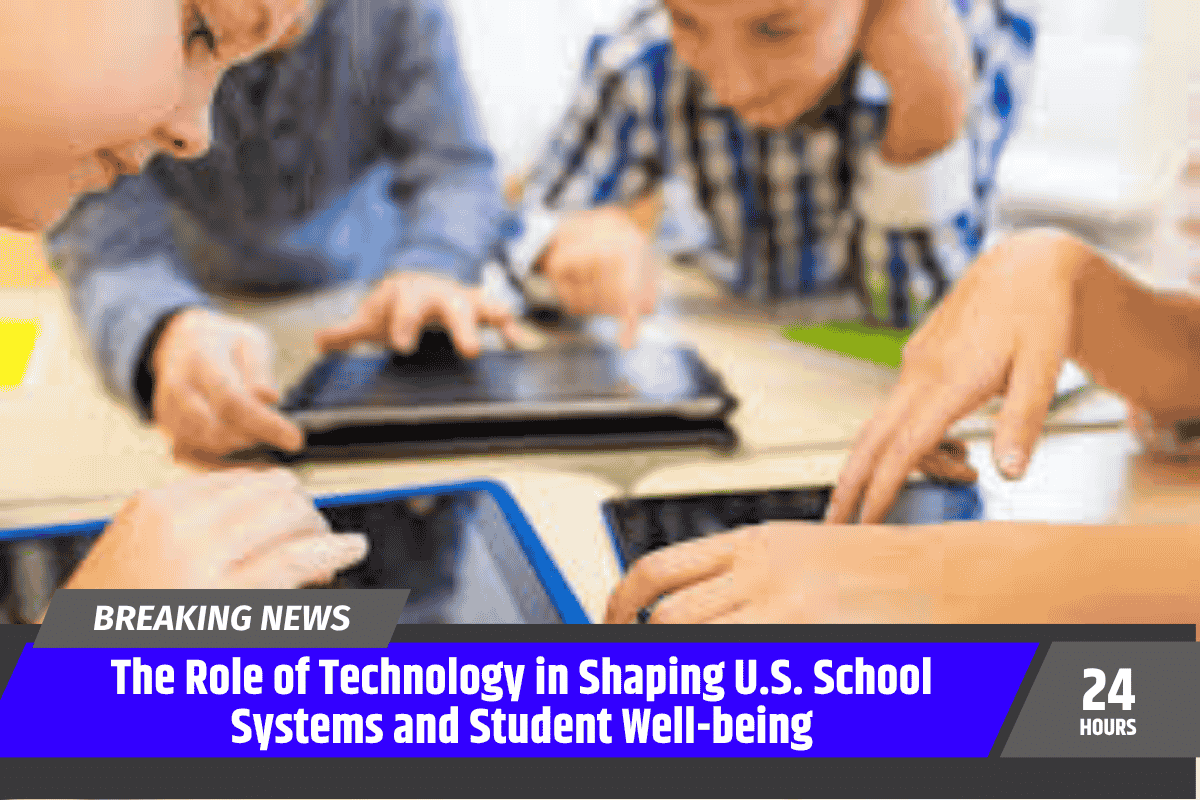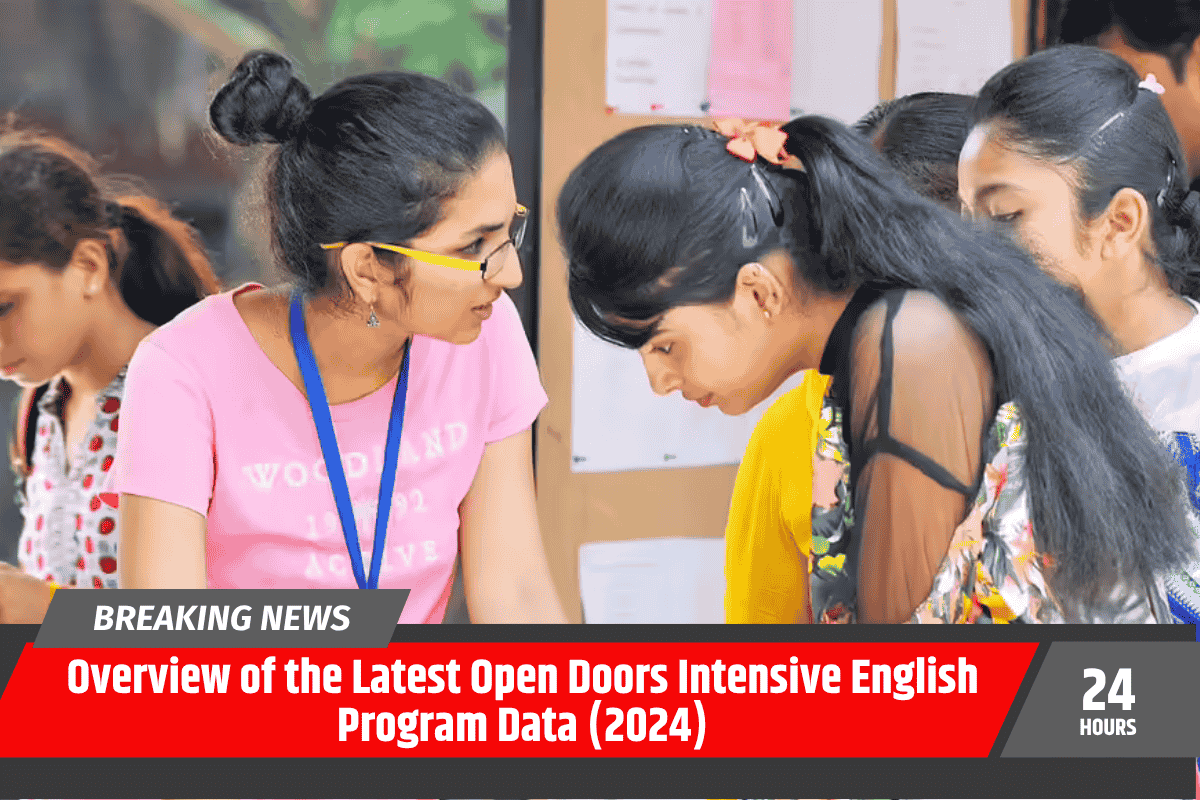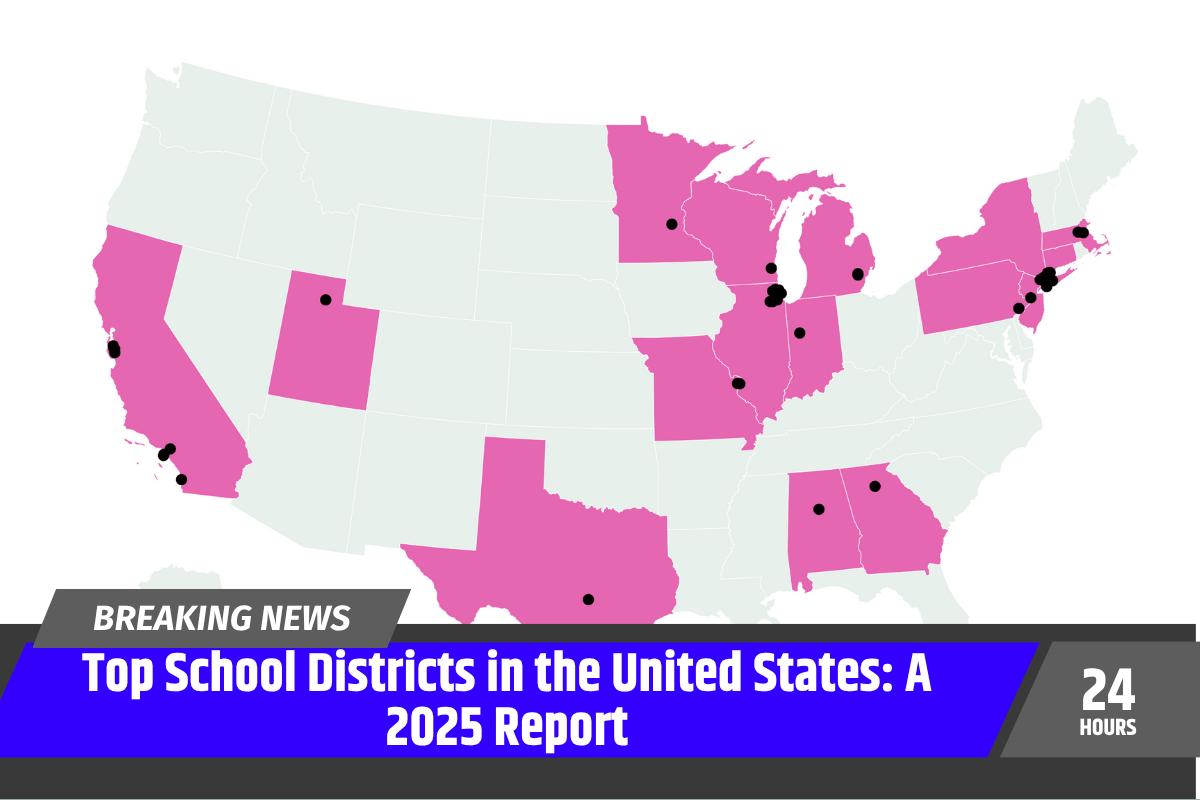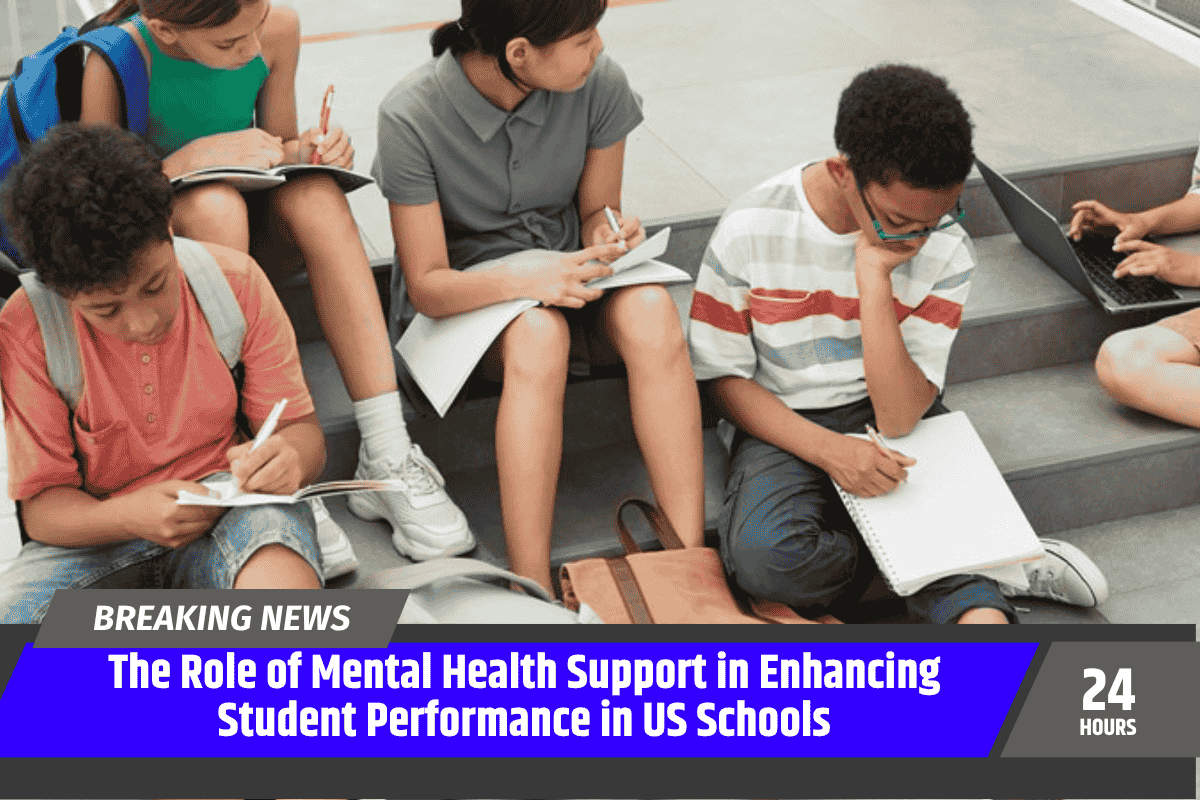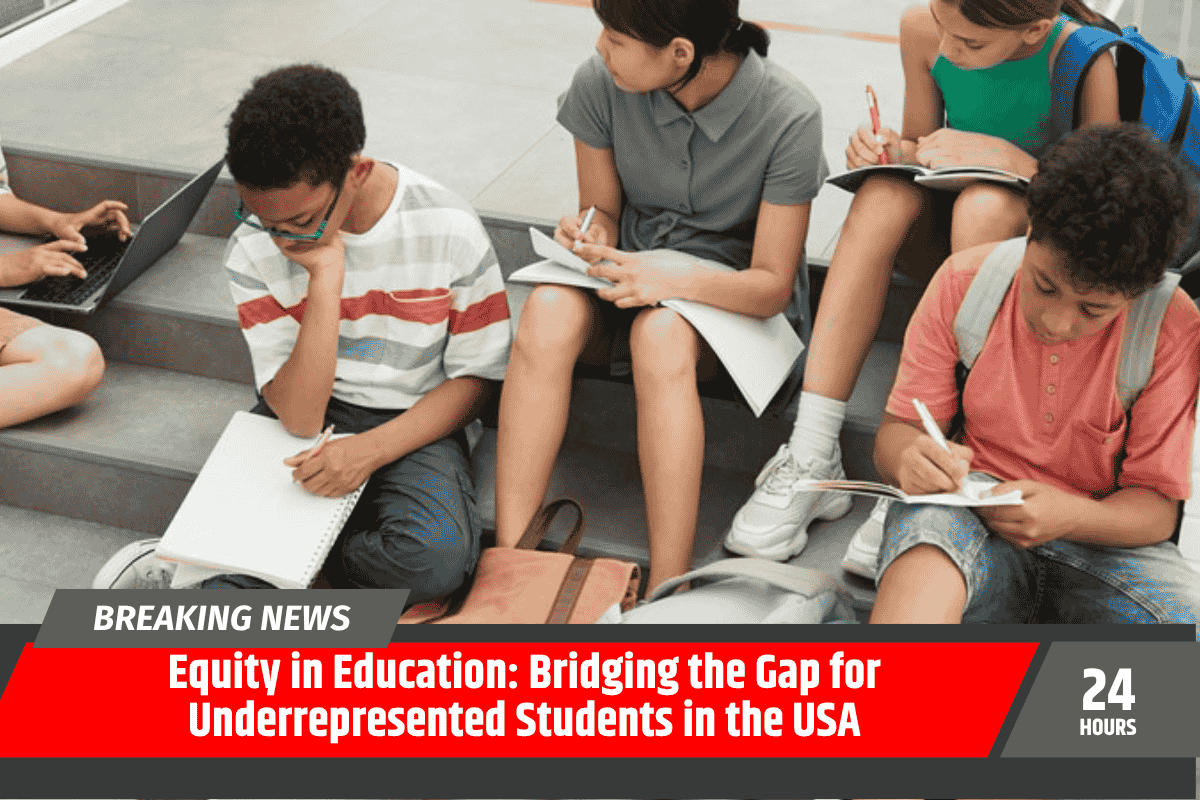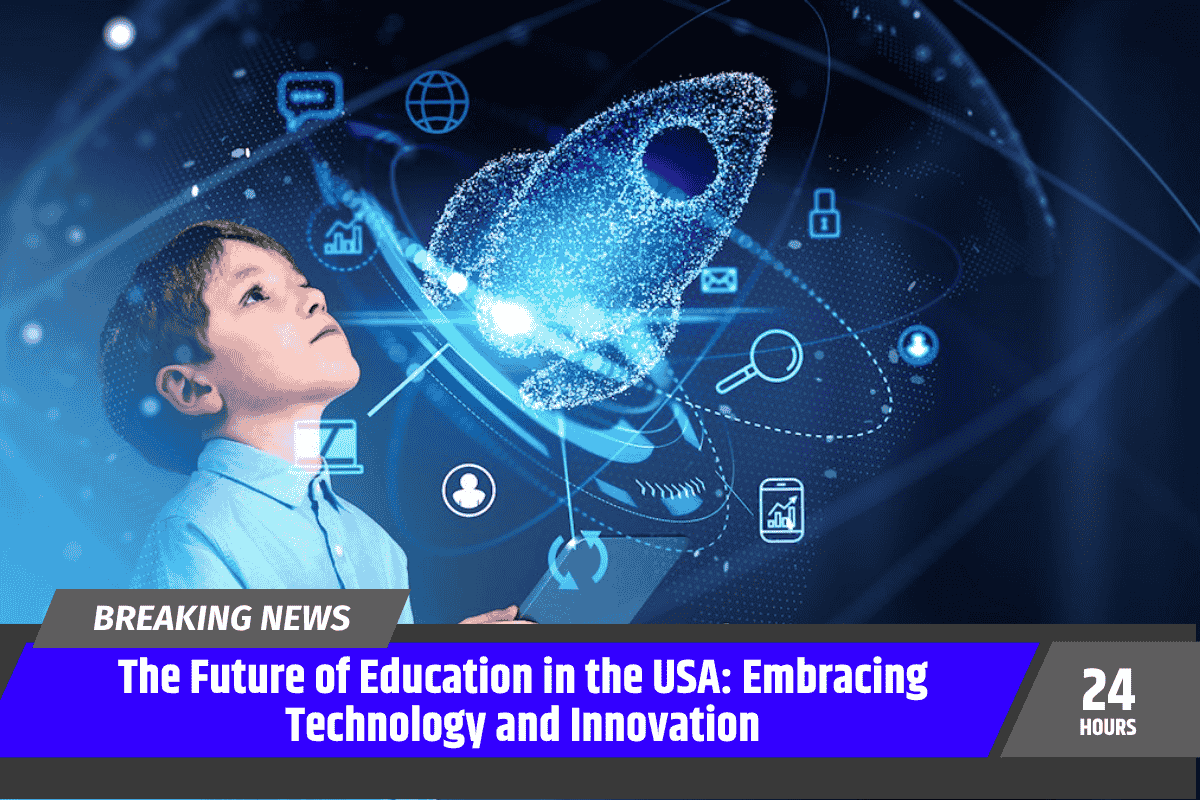Technology has revolutionized nearly every aspect of our lives, and the education sector is no exception. Over the years, technological advancements have reshaped U.S. school systems, making learning more accessible, interactive, and personalized. In this article, we will explore how technology has influenced education in U.S. schools and its impact on student well-being.
Technology Enhances Learning Experiences
One of the most significant ways technology has transformed U.S. schools is by enhancing learning experiences. Smartboards, online learning platforms, and educational apps have replaced traditional classroom tools, offering students new ways to engage with course material.
Interactive tools like smartboards allow teachers to present lessons in more dynamic ways, making learning more engaging and effective.
Moreover, online platforms like Google Classroom and Edmodo enable teachers to share resources, track students’ progress, and even offer real-time feedback. These tools allow students to work at their own pace, improving both their understanding of the material and their retention.
Access to Educational Resources
The internet has provided students with vast access to educational resources that were previously unavailable. Students in the U.S. can now access a wealth of information at their fingertips, including academic journals, research papers, video tutorials, and even virtual lectures.
This level of accessibility allows students to dive deeper into subjects that interest them and conduct independent research beyond the classroom.
Furthermore, tools like Khan Academy and Coursera offer free online courses that support classroom learning and help students gain extra knowledge in subjects like math, science, history, and even arts.
This access to resources has leveled the playing field for students from different socioeconomic backgrounds by giving everyone the opportunity to learn and grow outside of the traditional classroom setup.
Personalized Learning with Technology
One of the most valuable aspects of technology in education is its ability to offer personalized learning experiences. Through the use of artificial intelligence (AI) and adaptive learning technologies, schools are able to tailor lessons to individual students’ needs.
For instance, students struggling with a particular concept can receive additional exercises or instructional videos to help them understand the topic better. Conversely, students who grasp material quickly can move on to more advanced content, ensuring they are continually challenged and engaged.
Personalized learning can greatly benefit students with learning disabilities or those who need extra help, allowing them to receive support and resources at their own pace. It reduces the pressure of keeping up with classmates and helps them focus on mastering topics in a more comfortable and effective manner.
Impact on Student Well-being
While technology has greatly advanced educational practices, its impact on student well-being cannot be overlooked. The use of digital tools in classrooms allows for greater flexibility in how students learn, which can significantly reduce stress.
For example, instead of traditional exams, some schools now offer project-based learning, where students work on long-term assignments or collaborative projects. These projects allow students to demonstrate their knowledge in ways that are more engaging and less stressful than traditional exams.
Technology has also provided new avenues for mental health support. Online counseling platforms, virtual wellness programs, and mental health apps have become increasingly popular in U.S. schools.
These digital resources give students the ability to access mental health support discreetly and at their convenience, without the stigma that might come with in-person counseling.
However, technology also has potential drawbacks when it comes to student well-being. The rise of social media has led to issues like cyberbullying, social comparison, and increased stress among students.
These negative effects can hurt students’ mental health, leading to anxiety and depression. Schools and parents need to balance technology use with activities that promote social interaction and emotional well-being.
Technology has undeniably transformed U.S. school systems, making education more accessible, personalized, and interactive. It has allowed students to access resources like never before, improved learning experiences, and even contributed to student well-being through mental health support and stress reduction.
However, it is essential to remain mindful of the potential negative effects of technology, such as the dangers of excessive screen time or the emotional challenges posed by social media.
As technology continues to advance, it is important for schools to find a balance between embracing innovation and ensuring that students’ mental health and well-being are protected. By doing so, schools can create a learning environment that fosters academic success and nurtures the overall development of students.

